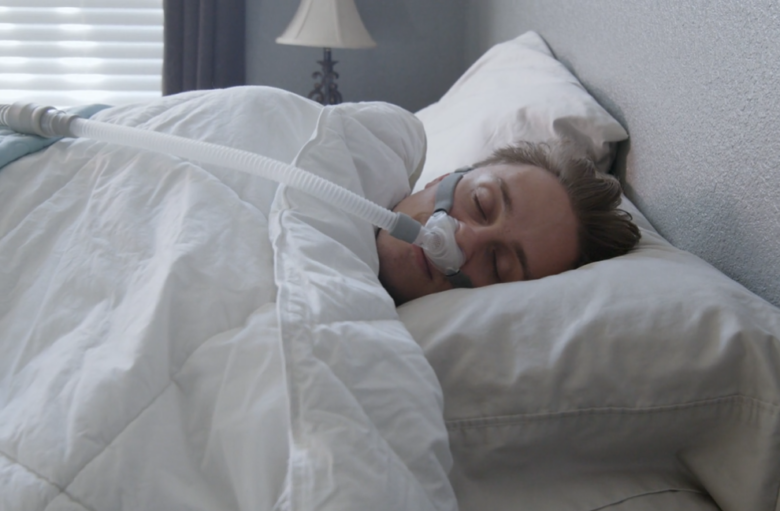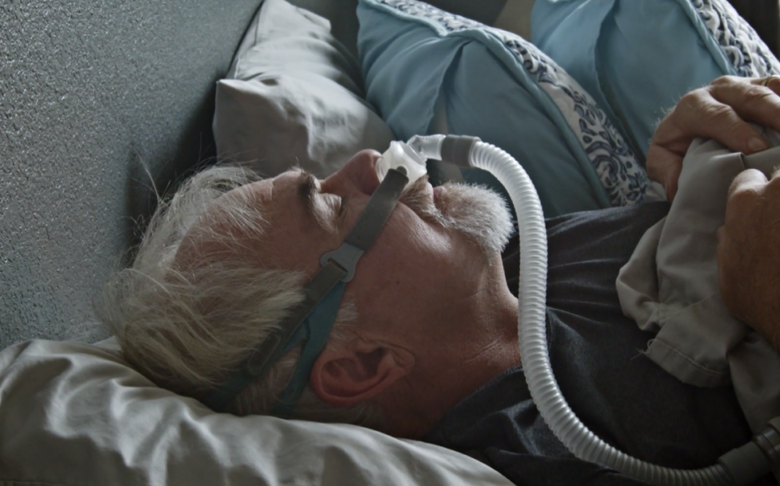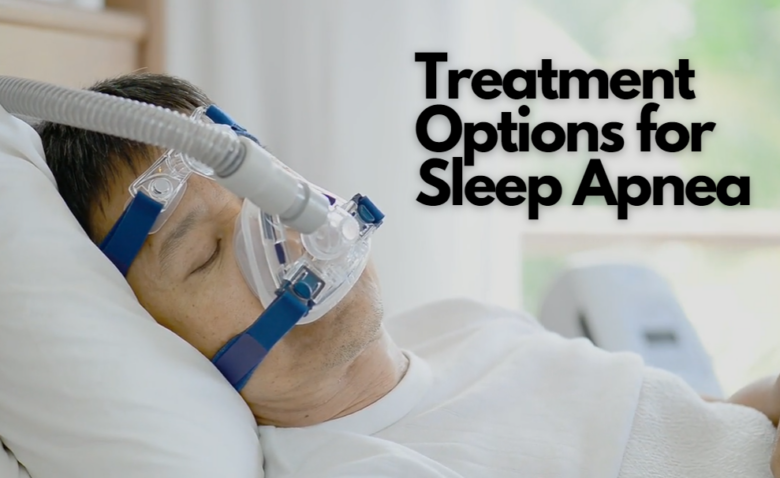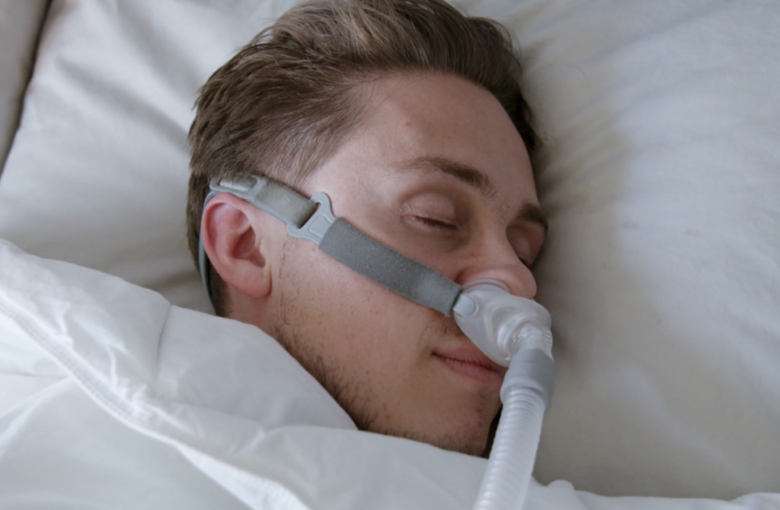If you’ve been diagnosed with sleep apnea, you may be wondering about your treatment options. One option is a device called APAP, which stands for “automatic positive airway pressure.” This device is used to deliver air pressure through a mask during sleep.
In this blog post, we will explore what APAP login is and how it can be used to treat sleep apnea. We will also discuss some of the potential risks and side effects associated with this treatment option. If you or someone you know is considering APAP for sleep apnea, read on to learn more.
Contents
What is automatic positive airway pressure?

APAP login is a type of sleep apnea therapy device that provides continuous or variable air pressure to your throat during sleep. The air pressure keeps your airway from collapsing, which prevents snoring and sleep apnea.
These devices are small, portable, and easy to use. They come with a mask that covers your nose and mouth, and a hose that attaches to the mask and connects to the machine.
You can adjust the settings on your APAP login device to find the right amount of air pressure for you. Once you find the right setting, you usually won’t need to adjust it again.
If you have mild sleep apnea, you may only need to use your APAP device for a few hours each night. But if you have severe sleep apnea, you may need to use it all night long.
How does it work?

Each time you breathe in, the APAP machine delivers a certain amount of air pressure to keep your airways open. The machine then senses how much effort you’re making to breathe and automatically adjusts the amount of air pressure delivered, delivering just enough air pressure to keep your airways open.
The goal of APAP login therapy is to deliver the lowest possible amount of air pressure needed to keep your airways open. This is different from CPAP therapy, which delivers a constant, fixed level of air pressure regardless of how well you’re breathing.
Pros and Cons of APAP login
If you are considering APAP therapy for your sleep apnea, it is important to weigh the pros and cons of this treatment option. Some of the benefits of APAP therapy include:
-It is a non-invasive form of treatment
-It is adjustable, so you can find the perfect pressure setting for your needs
-It is portable, so you can take it with you when you travel
-It is relatively affordable
However, there are also some potential drawbacks to using APAP therapy, including:
-You may need to use a humidifier with your device, which can increase the cost of treatment
-The mask required for use with an APAP machine can be uncomfortable for some people
-You may need to experiment with different types of masks before finding one that works well for you.
Alternatives to APAP

There are a few different types of sleep apnea devices on the market, but APAP is the most common. If you’re not a good candidate for APAP or if you’re looking for an alternative to APAP, there are a few other options available.
CPAP is the most common sleep apnea treatment. It involves using a mask to deliver air pressure to your airway while you sleep. If you’re looking for an alternative to CPAP, BiPAP may be a good option. BiPAP stands for bilevel positive airway pressure and it delivers two levels of air pressure – one when you inhale and one when you exhale.
If you’re not able to use CPAP or BiPAP, there are a few other options available. Oral appliances can be used to keep your airway open while you sleep. These appliances look like mouthguards and they work by positioning your tongue and jaw in a way that keeps your airway open. Surgery is another option, but it’s usually only recommended if other treatments haven’t been successful.
Risks Associated With APAP Login
Logging into the APAP Login system comes with certain risks, as with any online system. If a user’s login information is compromised, an unauthorized user may be able to access sensitive personal information, such as health data associated with the APAP device.
Additionally, users of the system should be aware that it is possible for malicious actors to gain access to the system, and thereby be able to view or alter user data. As such, users should practice good security hygiene when using the APAP Login system, such as using a unique and secure password and avoiding clicking on suspicious links or content.
Lastly, users should ensure that their APAP device is updated regularly with the latest firmware and security patches, in order to minimize the risk of any malicious activity.
APAP vs CPAP
| APAP | CPAP |
| Automatic Positive Airway Pressure | Continuous Positive Airway Pressure |
| Variable Pressure During Inhale | Constant Set Pressure During Inhale |
| Self Adjusts | Single Set Pressure |
| More Comfortable for New Users | More Affordable |
| Great When Your Breathing Fluctuates | Not the Best Choice for Those With Changes in Breathing |
FAQ

Is APAP better than CPAP?
CPAP, or continuous positive airway pressure, is a common treatment for sleep apnea. A CPAP machine delivers a constant stream of air through a mask that you wear during sleep. The air pressure keeps your airway open so you can breathe properly.
APAP, or automatic positive airway pressure, is another common treatment for sleep apnea. Unlike CPAP, an APAP machine delivers variable amounts of air based on your needs. The machine constantly monitors your breathing and adjusts the amount of air accordingly.
What is the difference between CPAP, BiPAP and APAP?
CPAP, or continuous positive airway pressure, is the most common type of sleep apnea treatment. A CPAP machine delivers a steady stream of air through a mask that covers your nose and mouth. The air pressure keeps your airway open so you can breathe properly during sleep.
BiPAP, or bilevel positive airway pressure, is similar to CPAP but with two different air pressures: one for inhaling and one for exhaling. This can make BiPAP more comfortable for some people than CPAP.
APAP, or automatic positive airway pressure, is the newest type of sleep apnea treatment. Like CPAP, an APAP machine delivers a steady stream of air through a mask. But unlike CPAP, the APAP machine automatically adjusts the amount of air pressure based on your breathing needs during sleep.
What does APAP help with?
APAP can be used to treat all three types of sleep apnea. It is considered the preferred treatment for OSA because it is non-invasive and does not require surgery. APAP can be used to treat CSA, but it is not as effective as it is for OSA. For mixed sleep apnea, APAP can be used in conjunction with other treatments such as Continuous Positive Airway Pressure (CPAP) or Bi-level Positive Airway Pressure (BiPAP).
How loud is an APAP machine?
An APAP login is generally considered to be a very quiet type of sleep apnea device. Some people may find the sound of the motor to be slightly annoying, but it should not be loud enough to disturb your sleep. If you are concerned about noise, you can always ask your doctor or sleep specialist to recommend a quieter model.
Conclusion
If you have sleep apnea and are looking for a treatment option that is non-invasive and reversible, APAP may be right for you. This therapy device uses positive air pressure to keep your airway open while you sleep, and can be customized to your individual needs. While it may take some time to get used to sleeping with APAP, the long-term benefits of this therapy make it well worth the effort.
